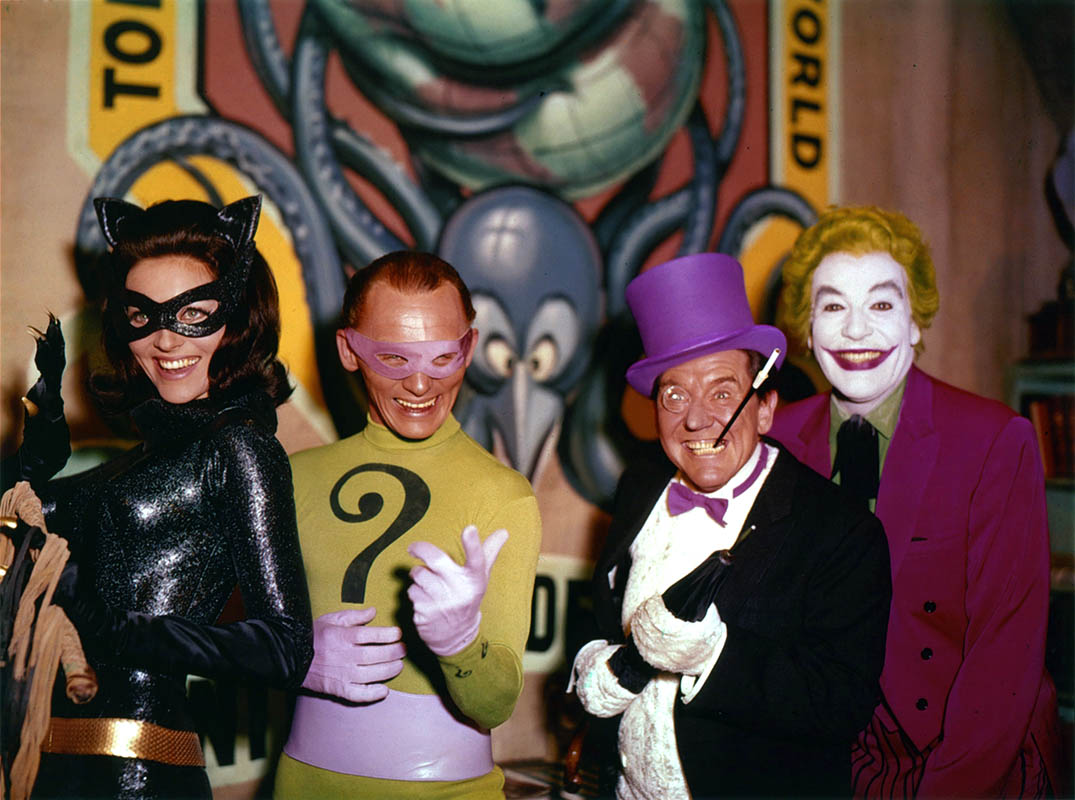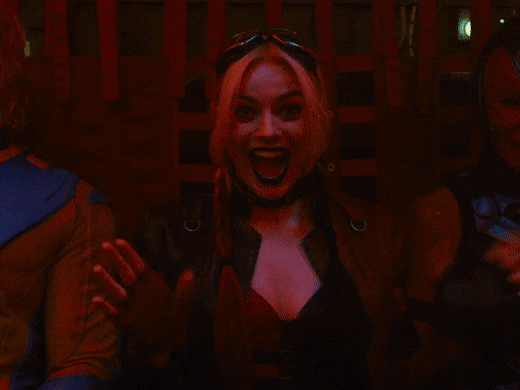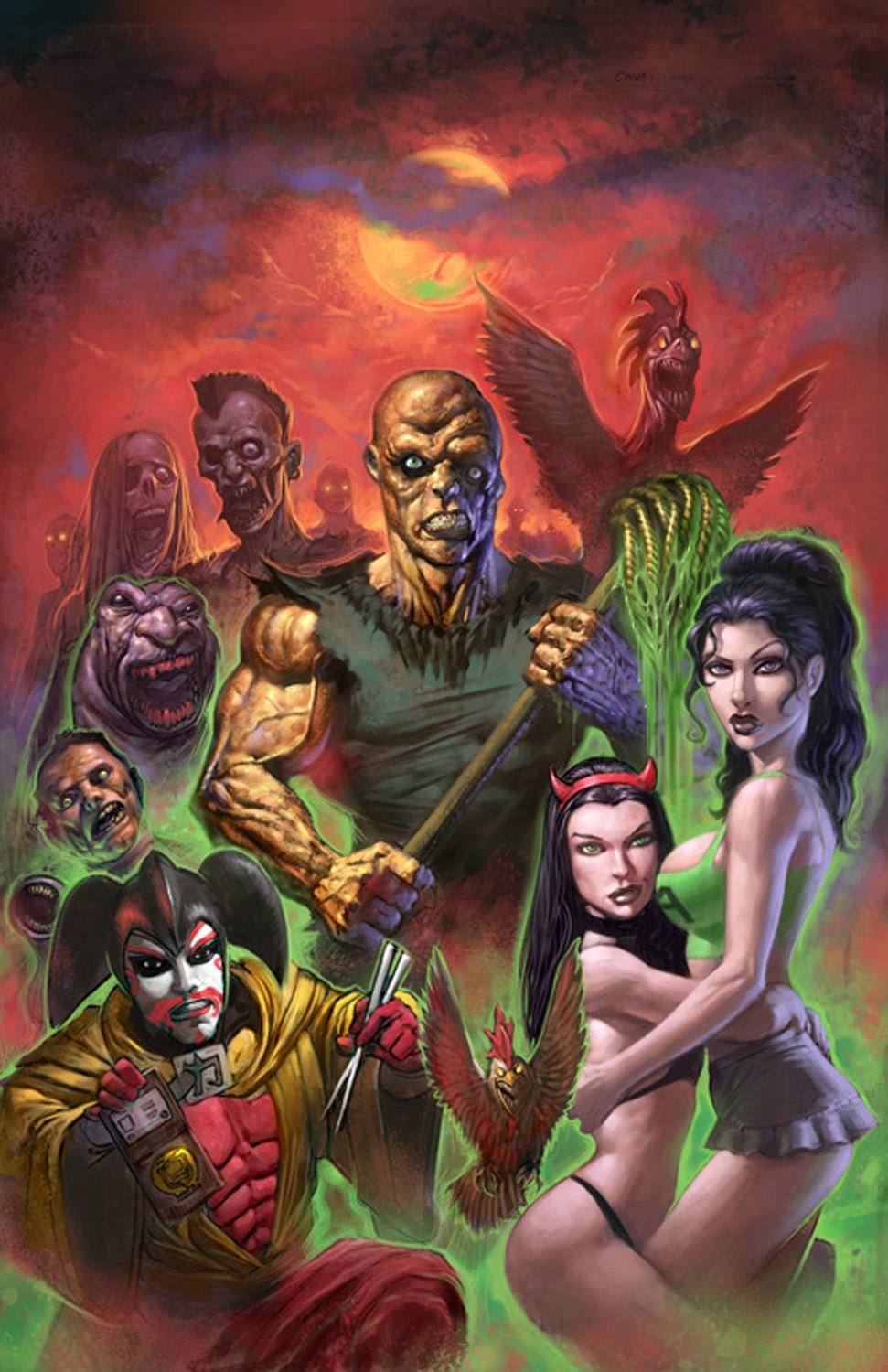
The lost spectacle of ‘Camp’ on the Silver Screen
Growing up in the late 90’s to the early 2000’s I have a faint memory of what ‘Camp’ felt like at the time, it felt rather real to tell you the truth. From Death Becomes her to the Scooby doo live action there was a certain draw towards the colourful silhouettes and loveable caricatures. None of it seemed ‘too much’ or ‘too unrealistic’ at the time because the abstract visuals on screen were what fueled our creativity as kids and we relished it. ‘Camp’ used to be the secret language of the LGBTQ community as means of expressing artistry.
I’ve spent a solid amount of time working on low-budget film sets as well as HBO max produced content, the scene is very different, the people treat you differently. There is a sense of community and love amongst those misfits that thrive on campy entertainment, it’s niche, it’s creative and it puts a smile on your face. Maybe it’s not for everyone to understand but those who do are the special ones indeed.
During my time working for Troma Entertainment, I discovered a newfound love for campy content. Much of it allowed me to explore deep within my childhood favourites. They’ve made over a hundred films, and much of my time was spent watching these films and doing archival work. I’d always been fascinated by the artwork on the film posters, which is what drew me to the films in the first place. This is the tactic VHS stores used in the ’80s and that’s how we discovered ‘My bloody Valentine’ ‘wolf man’ and all those other Cult classics.
There was a time when Tim Burton could get away with ridiculous characters like Willy Wonka, eccentric and all but today he finds comfort in the realism of dreary and Gen-z-fied Wednesday Addams. So What really happened?
Tim Curry fans will know, hence “I Would Like, If I May, To Take You On A Strange Journey.”
We used to Roll with it…
“I was at work the other day and my colleagues and I were discussing the latest ‘Suicide Squad’ film, the random one directed by James Gunn. I heard my buddy go on about how “Fucking silly” the whole film turned out to be. I had to disagree of course because I had the time of my life watching DC turn a comic book into exactly what it should be ‘A comic book film”.
Sure, in comparison to Batman’s gritty and edgy visuals, this was a surprise. This refreshing take made for a lot of laughs and cheers at the theatre. Camp has a way of entertaining and creating a community that gritty hyper-realistic films can fall short in.
As a society, we are so far removed from camp as a genre, and a lot of people at least in a contemporary context hate something like Twin Peaks or The Brady Bunch movie, or Cat in The Hat because “the acting is bad”, However, the beauty of Camp was always it’s knowing That is was bad, overdramatized and sensational and that’s why we just rolled with it.

60’s evolution of Camp Culture
One could argue the relevance of Camp today, it isn’t mainstream. It’s hiding somewhere under the rubble of New Hollywood James Cameron somewhere under a pile of Blockbuster DVDs.
Camp was introduced maybe as early as the 50s, a term coined by Christopher Isherwood in 1954 in his novel The World in the Evening. As Technicolor came into the scene in the late 50’s and 60’s camp was easier to express in the form ‘big Hair’ and extraordinary makeup. ‘Valley of the Dolls’, and ‘Grease were all ‘loud’, ‘bold’ and hilarious. Comic books being the first insider into camp culture, films were now adapting these books in spectacular ways.
Based on Jean-Claude Forest’s adult comics of the same name, Vadim’s campy sci-fi classic turned Fonda into a sex goddess of the 60s and 70s. Barbarella works so well because it relies more on exploitation than science fiction. Vadim knew he was making a film about sexual excess and titillation, which is why he uses every narrative excuse to show off Fonda in a jiggly situation.
Adam West’s 1966’s ‘Batman’ was ‘Camp exemplified. The series was a direct reflection of Batman comics of that era. At that time, comics were heavily censored by a semiofficial agency called the Comic Codes Authority. DC spent years developing a kooky, silly way of telling stories which kept them well clear of interference from the CCA. As a result, Batman drifted from his gritty, gun-wielding, killing machine origins in the 1940s towards more easygoing, family-friendly adventures in the late 1950s and 1960s. This was the era of characters like Polka Dot Man and the Ten-Eyed Man. Oddball villains are so silly that they barely even tried to be taken seriously.
We wouldn’t dare to exclude the ‘king of Camp’ himself, John Waters. The title preserved only for him by his die-hard cult-crazy fans. Waters is lovingly mocked as “King of Camp,” “Baron of Bad Taste,” or “Pope of Trash” with pride and a pencil-thin mustache, filmmaker John Waters is an icon of queer cinema. His signature stylistic mark permeates every frame of his transgressive cult classics — often low-budget black comedies set in his native Baltimore. Female Trouble parodies beauty standards and creates its own vision of female representation and queer aesthetics through chameleonic makeup transformations of Divine.
As one character says in Female Trouble: “The world of heterosexual is a sick and boring life,”
Lloyd Kaufman and Troma hold a deep place in my heart for all things Campy and horror. As someone who has worked at the Troma office for a period of time, I was swept into the world of special effects makeup, prosthetics and how to ‘make your own damn film’. They’ve been running the office for over 60 years now, recognized as America’s oldest-running independent film studio. How so? , it’s the fans! It’s us lovers of Campy cinema that still keep this beloved culture alive. As a former Tromette, I can attest to the hard work, creativity and diligence that goes into entertaining audiences with both laughs and scares at the same level. It’s truly an art form deeply engraved within our childhood desires and dreams.




https://israelnightclub.com/
Excellent article. I certainly love this website. Keep writing!